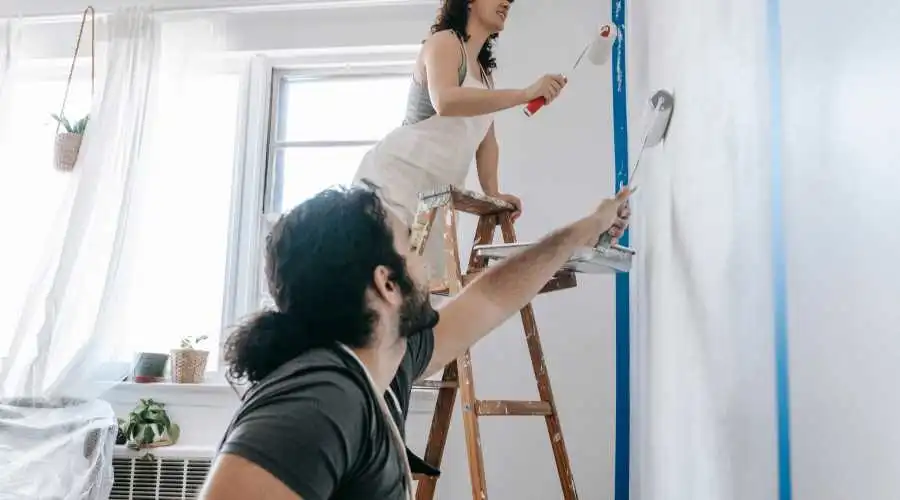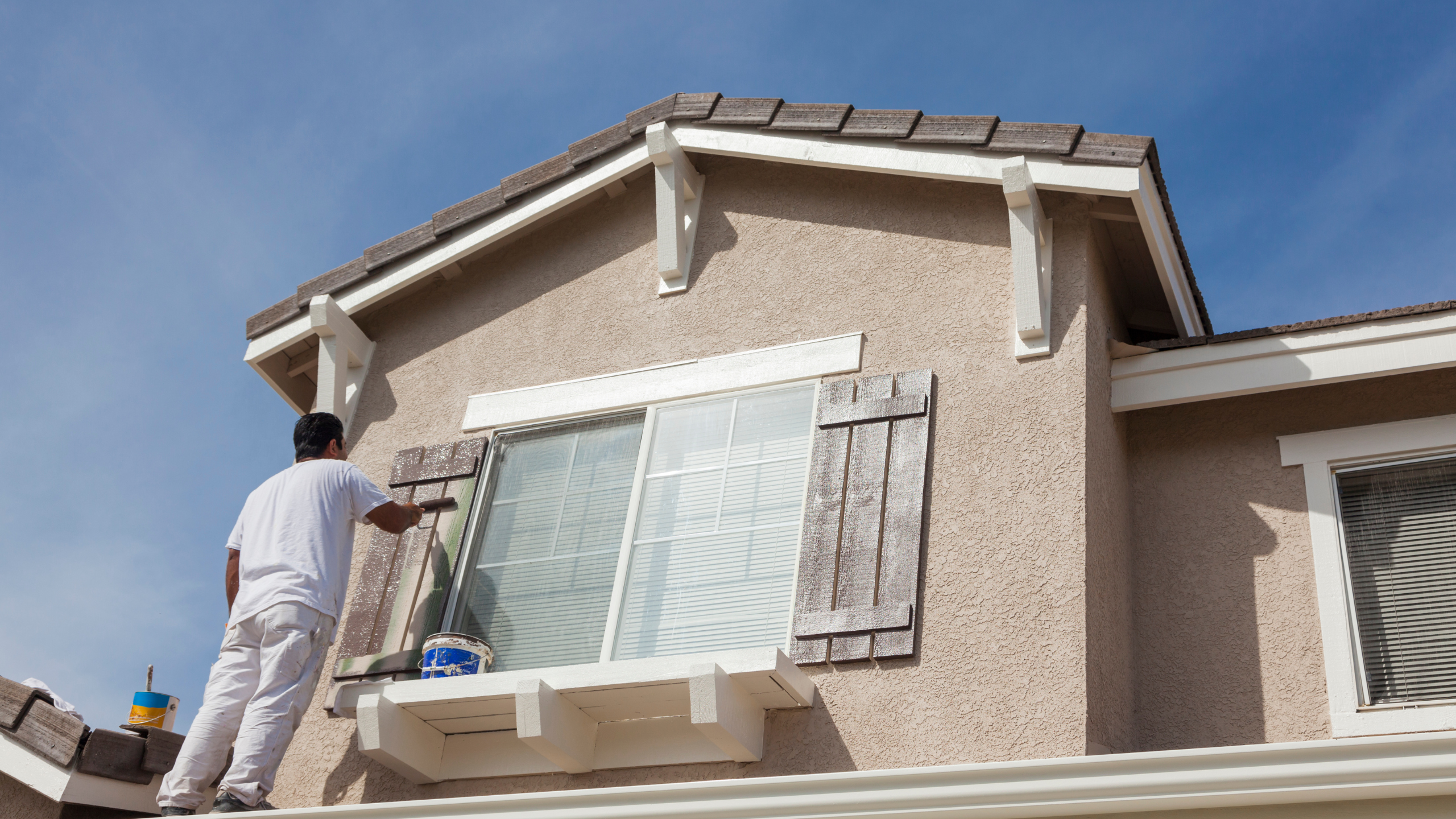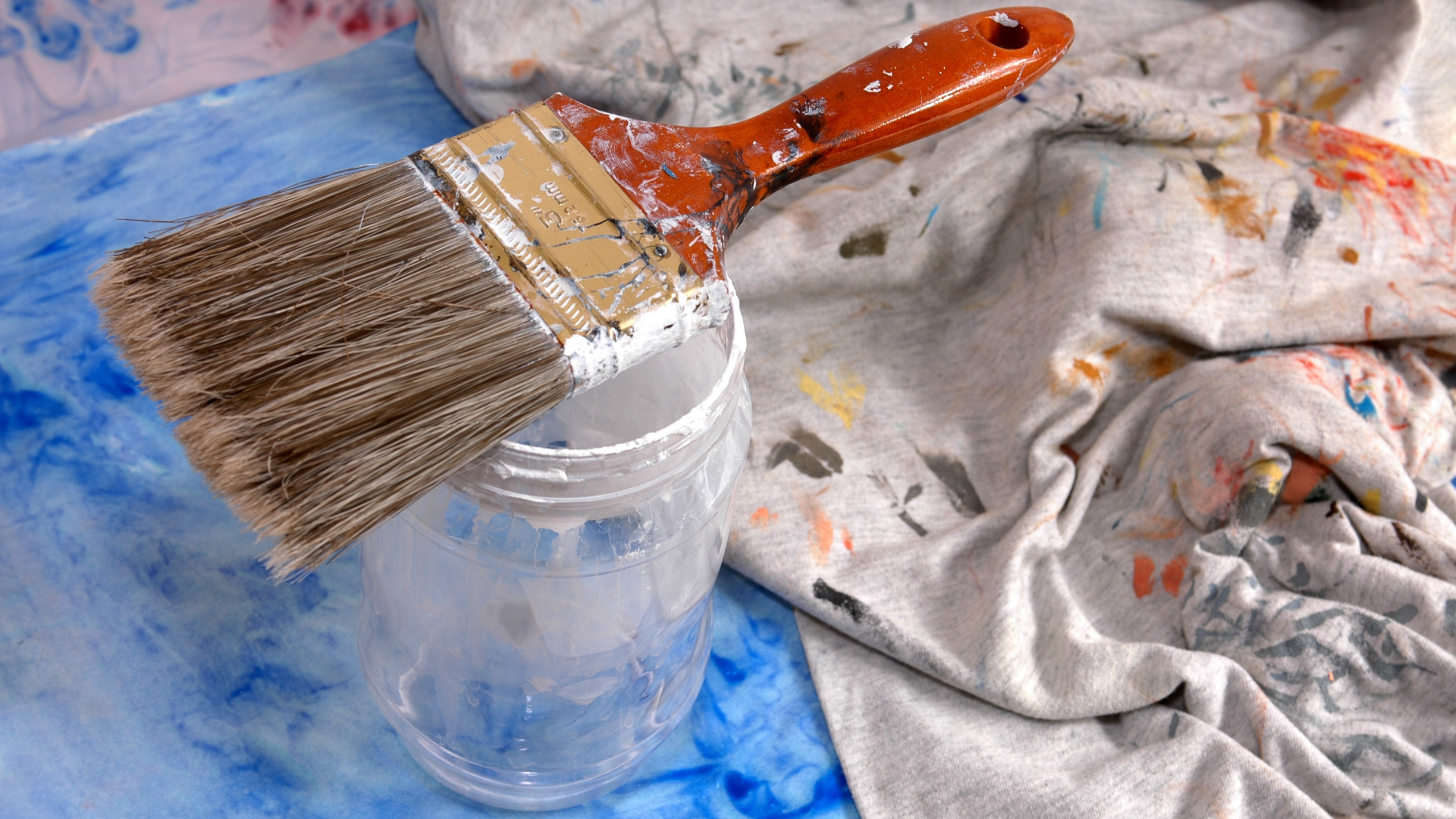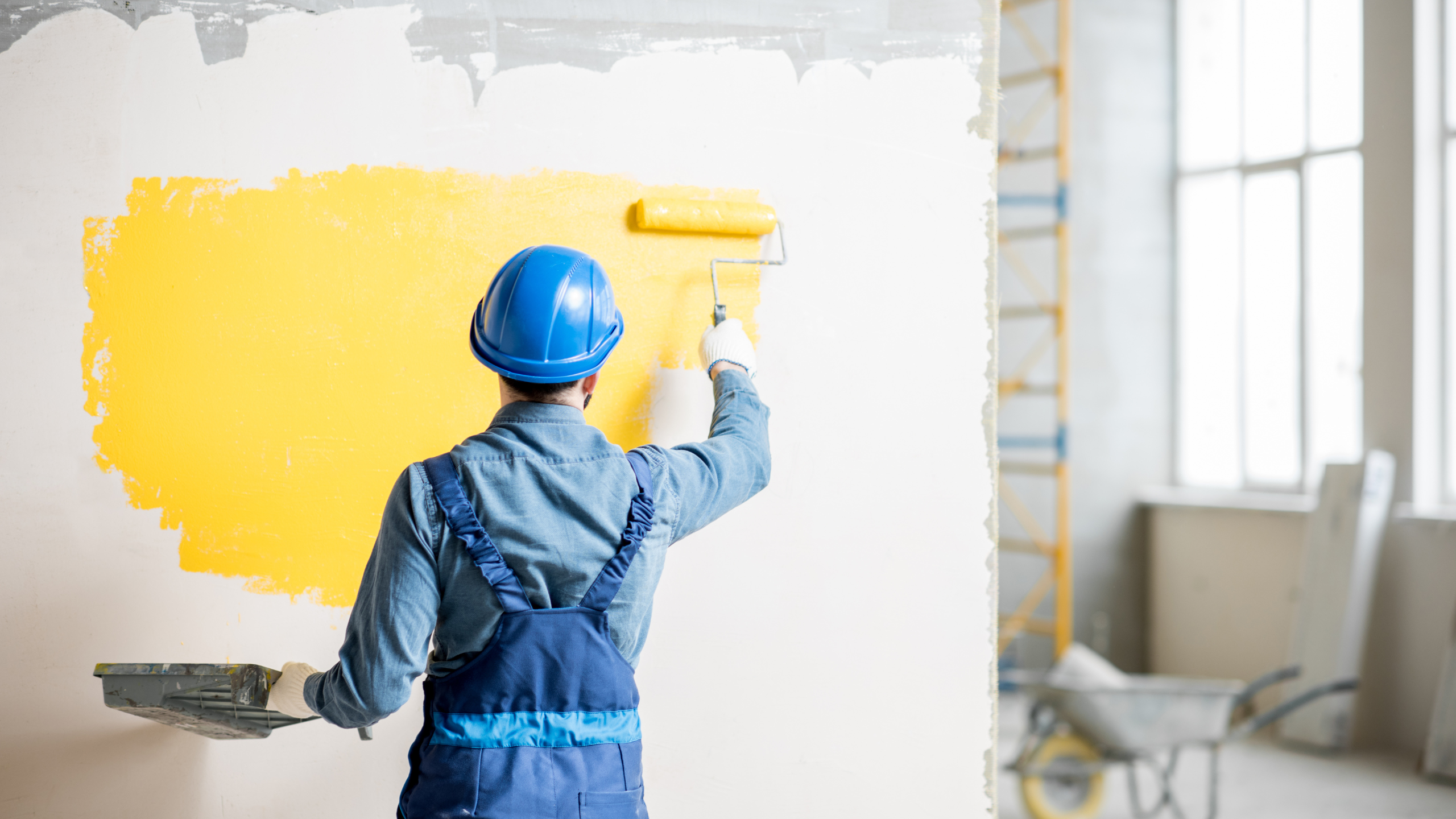Painting your home can be a fulfilling endeavor, but the appearance of paint bubbles can turn your project into a frustrating experience and a complete nightmare. These unsightly blemishes often appear long after the paint has dried, leaving homeowners feel perplexed and helpless. But fret not! In this comprehensive article, we will not only explore the causes of paint bubbling but also provide you with practical tips on prevention and restoration, ensuring that your house painting journey is going to be a smooth and remarkable one.
Paint Bubbles: Understanding the Enemy
Paint bubbles, those pesky blisters that disrupt your perfectly painted walls, are there for several reasons:
- Surface Residue: Paint struggles to adhere to surfaces that are dirty, hot, or not completely dry out. Keep an eye out for water damage, mold, or mildew, as they can create a hostile environment for paint.
- High Humidity Havoc: Areas with high humidity, like bathrooms and basements, are prone to moisture-related paint bubbling. Excess moisture makes it difficult for paint to bond effectively.
- Air Intrusion: Introducing air bubbles into the paint, whether by vigorous shaking or rapid application, increases the likelihood of blisters forming as the paint dries.
- Tool Mismatch: Textured surfaces require specialized brushes or rollers. Using the wrong tools can lead to bubbling. Additionally, mismatching paint types, such as applying oil-based paint over latex, can also trigger problems.
- Skipping Primer: Inadequate wall preparation, including skipping primer application, heightens the risk of bubbles forming during drying.
Preventing Paint Bubbles
Avoiding the frustration of paint bubbles begins with thorough preparation. Here’s a step-by-step guide to prevent them:
- Deep Cleaning: Start by wiping down your walls with a damp towel or sponge and warm water to remove moderate dirt. For stubborn stains, use a mixture of warm water and soap, ensuring you rinse off any soapy residue.
- Dry Wall, Happy Wall: Prioritize drying damp walls before painting to prevent moisture-related bubbling. Increase airflow by opening windows and doors, or employ a dehumidifier and fans to expedite the drying process.
- Weather Watch: Be mindful of the ongoing weather conditions. Avoid painting on hot and humid days, as it can lead to uneven drying. If necessary, maintain a comfortable indoor temperature and use a dehumidifier to control the humidity.
- Patience Pays Off: Painting is not a race; it’s a meticulous process. Avoid hasty brushwork, as rushing can introduce air bubbles. Ensure each coat dries completely before applying the next.
- Paint Type Match: Maintain compatibility by using the same type of paint that’s already on the surface. Whether it’s latex or oil-based, consistency is key.
- Primer Power: Don’t underestimate the importance of primer. It provides a crucial foundation for achieving a smooth, even finish.
Rescuing Blistered Paint
If you find yourself facing paint bubbles despite your prevention efforts, don’t fret. Here’s how to address the issue:
- Assess the Damage: Before diving into repairs, assess the extent of the damage. Are there only a few small bubbles, or is the paint blistering on a larger scale? Understanding the scope of the issue will help you determine the appropriate course of action.
- Safety First: Remember to prioritize safety. If you suspect lead-based paint, take extra precautions. Ensure good ventilation and wear appropriate protective gear, including a mask and gloves.
- Gather Your Tools: You’ll need a few tools and materials for this job, including a putty knife, sandpaper, a paint scraper, primer, and matching paint. Having these ready will streamline the process.
- Prepare the Surface: Start by gently scraping away the blistered paint using a putty knife or paint scraper. Be cautious not to damage the underlying surface. Once you’ve removed the loose paint, sand the area to create a smooth surface.
- Prime the Surface: Apply a coat of primer to the affected area. Primer helps the paint adhere better and prevents future bubbling. Allow the primer to dry completely as per the manufacturer’s instructions.
- Repaint: Once the primer is dry, you can repaint the area. Use the same paint color and finish as the surrounding wall for a seamless look. Apply the paint evenly, and if needed, apply a second coat after the first one dries.
- Inspect for Perfection: After the final coat of paint has dried, carefully inspect the area to ensure it blends seamlessly with the rest of the wall. If there are any imperfections, such as uneven texture or color discrepancies, you might need to touch up further.
- Prevent Future Bubbles: To prevent paint bubbles from reoccurring, double-check that you’ve addressed the root cause. Ensure the surface is clean, dry, and free from contaminants before painting. Use the right type of paint for the surface and follow proper painting techniques.
By following these steps, you can rescue blistered paint and restore the beauty of your walls. Remember that patience and attention to detail are key to achieving a flawless finish.
Sometimes, the best course of action is to seek professional help. House painting experts,such as Apex House Painters, possess the skills and experience to tackle interior and exterior painting projects effectively. With so many painting companies to choose from, we stand out and you can trust us that our job will meet your satisfaction.
Paint bubbling can indeed be a headache, but with the right strategies for prevention and restoration, you can enjoy a flawless paint job that enhances your home’s beauty. Don’t let these issues deter you from embarking on your painting journey. Remember, a well-painted home not only looks great but also contributes to a comfortable and inviting living space. Take the necessary steps to prevent paint bubbles, and if they do appear, don’t hesitate to seek professional assistance. Your home deserves to shine, and with the right approach, it undoubtedly will.





